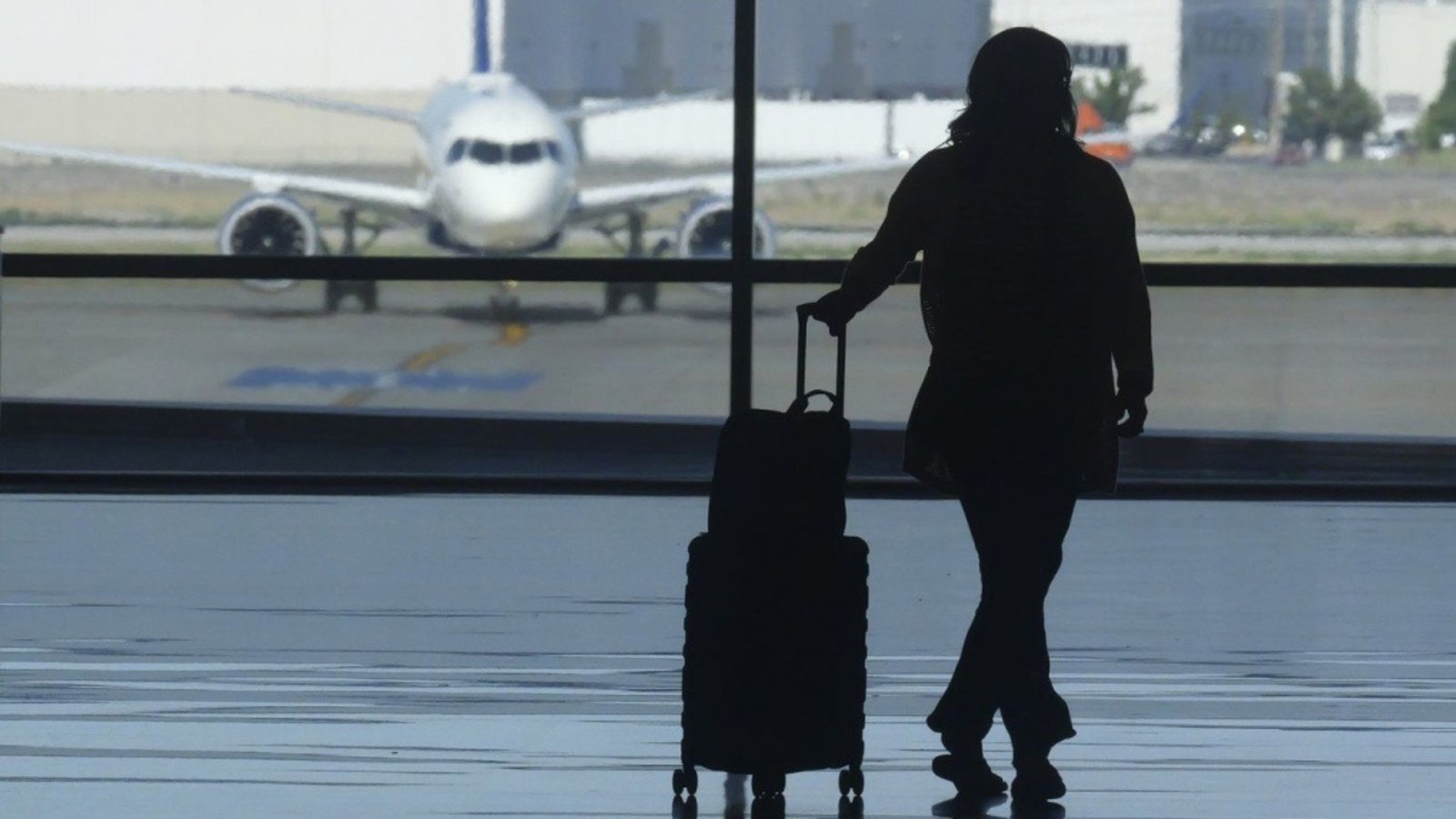Jet lag is one of the most common challenges travelers face when crossing multiple time zones. The disruption of your body’s internal clock can make you feel tired, groggy, and disoriented, affecting your ability to enjoy your trip. While jet lag is inevitable for long-haul flights, there are steps you can take to minimize its effects—both during your journey and when passing through Toronto Pearson International Airport (YYZ). In this guide, we’ll offer practical tips for avoiding and managing jet lag, with a focus on strategies you can implement at Toronto Pearson before and after your flight.

Pre-Flight Preparation: Adjust Your Schedule
1.1. Gradually Adjust Your Sleep Schedule
If you’re traveling to a significantly different time zone, adjusting your sleep schedule a few days before your departure can help your body sync with your destination’s time zone. Start by going to bed and waking up an hour earlier (or later) each day, depending on whether you’re heading east or west.
- Eastward Flights (e.g., Toronto to Europe): Go to bed earlier and wake up earlier.
- Westward Flights (e.g., Toronto to Asia or the Pacific Coast): Go to bed later and wake up later.
Gradually shifting your schedule will ease the transition and help reduce jet lag symptoms.
1.2. Stay Hydrated Before Your Flight
Dehydration can exacerbate jet lag, so it’s important to stay hydrated before you even leave Toronto Pearson. Drink plenty of water in the days leading up to your flight. Avoid excessive caffeine or alcohol, as both can contribute to dehydration.
- Pro Tip: Carry an empty water bottle through security and fill it up before you board. This will help you stay hydrated throughout the flight.
1.3. Sleep Well Before You Travel
Getting a good night’s sleep before your flight is essential. Arriving at the airport well-rested will help you manage any jet lag symptoms better than if you’re already sleep-deprived. If possible, aim for 7–9 hours of sleep the night before departure.
In-Flight Strategies: Minimizing Jet Lag While Flying
2.1. Choose a Flight Time That Aligns with Your Destination’s Time Zone
If possible, choose a flight that allows you to arrive during daylight hours at your destination. Arriving during the day makes it easier for your body to adapt to the local time zone by staying active and resisting the urge to nap.
- Pro Tip: Flying overnight or in the evening can be beneficial for eastward flights, as it allows you to sleep on the plane and arrive refreshed.
2.2. Sleep on the Plane (If Appropriate)
When flying long-haul, it’s important to get as much rest as possible on the plane. Use noise-canceling headphones or earplugs, an eye mask, and a neck pillow to make sleeping easier. If you’re traveling east, try to sleep in alignment with the time zone of your destination.
- Pro Tip: Consider taking a mild sleep aid (only if recommended by your doctor) to help you fall asleep on the plane.
2.3. Move Around and Stretch
Sitting in one position for long periods can disrupt your circulation and make you feel more sluggish upon arrival. Walk around the cabin when possible and stretch your legs. Doing so will help reduce fatigue and keep your body alert and ready to adjust to the local time zone once you arrive.
- Pro Tip: Perform simple stretches at your seat or when walking down the aisle to promote blood flow and reduce stiffness.
2.4. Avoid Alcohol and Caffeine
Both alcohol and caffeine can interfere with your ability to sleep and stay hydrated, which can worsen jet lag. Try to avoid these beverages during your flight to help your body adjust better.
Upon Arrival: Tips to Combat Jet Lag at Toronto Pearson
3.1. Use Toronto Pearson’s Relaxation Zones
Once you’ve landed at Toronto Pearson, take advantage of the airport’s relaxation zones to help you reorient yourself before heading to your next destination or home. These areas are designed to provide a quiet and peaceful environment, helping to alleviate the stress of travel.
- Pro Tip: Spend a few minutes in one of the relaxation zones to recharge mentally and physically.
3.2. Get Some Sunlight
Natural light is one of the most effective ways to reset your internal clock. After arriving at Toronto Pearson, try to spend some time outdoors if you have a long layover. Sun exposure will help you adjust to the new time zone more quickly by influencing your body’s circadian rhythm.
- Pro Tip: If you have a long layover or extra time before your next flight, head to an outdoor observation deck or take a short walk outside to get some fresh air and sunlight.
Conclusion
While jet lag is often an unavoidable part of long-haul travel, you can take steps at Toronto Pearson to minimize its effects. From adjusting your sleep schedule before departure to utilizing the airport’s relaxation zones and wellness services after you land, there are plenty of ways to combat fatigue and feel refreshed.

